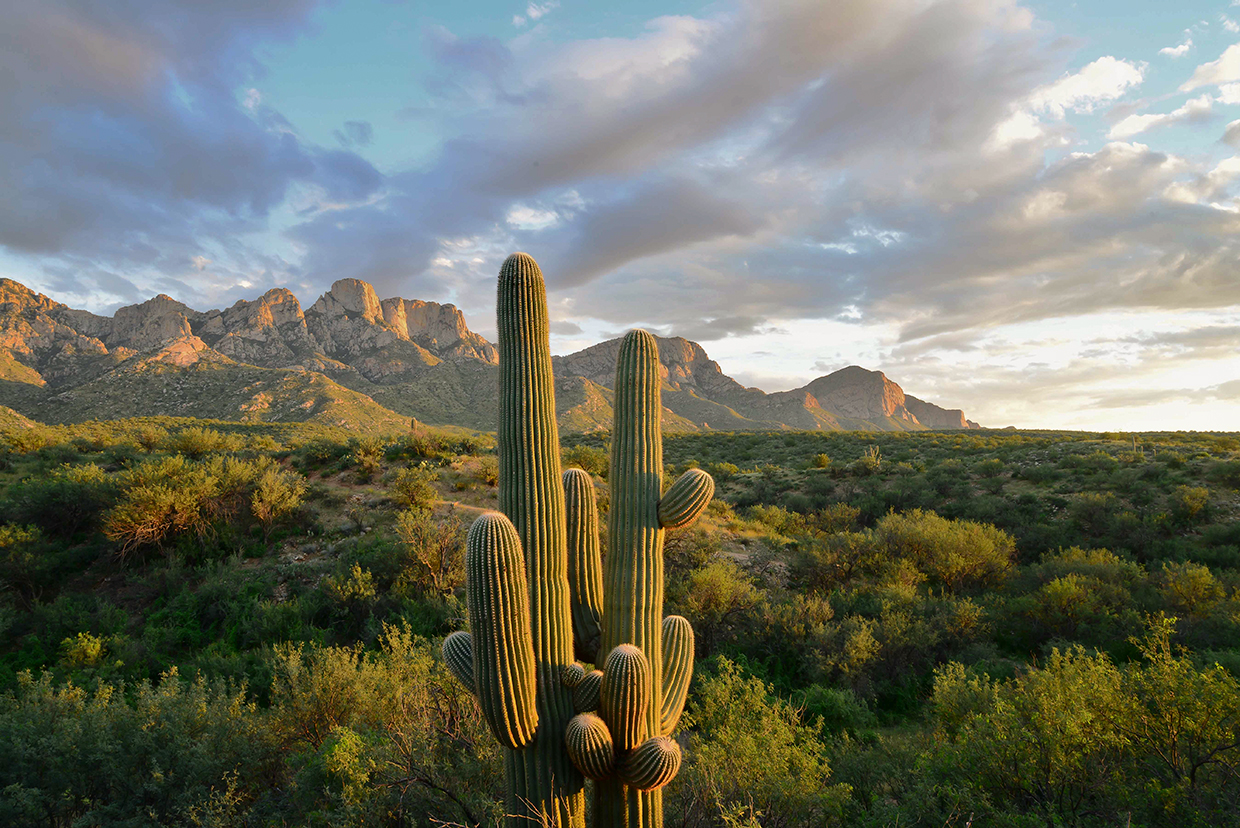Engage in an immersive field experience in the Sky Islands of southern Arizona, a hotspot of ecological diversity where the Sonoran desert meets mountains.
Course Description:
Students will explore how elevation shapes species distributions and ecosystem dynamics through guided hikes and fieldwork, biodiversity surveys, hands-on ecological observations, analysis of citizen science data, and group discussions.
The course introduces key concepts in biogeography, evolutionary ecology, community ecology, and conservation challenges in the context of climate change. With a focus on experiential learning, students will gain an understanding of the major processes governing elevational and latitudinal biodiversity gradients and practical skills in field ecology while examining the impacts of climate change and human activity on these unique ecosystems. Students will also learn about some of the human history and human ecology of the region, from the lives and culture of the Tohono O’odham Nation to colonization and settlement by Europeans.
Topics covered: Biogeography, elevational and latitudinal biodiversity gradients, local adaptation, impacts of climate change, biodiversity survey methods
Prerequisites: Students must have taken ONE of the following by the end of Fall 2025: NR 2030, BIOL 1205, BIOL 1305, 1310, 1400, or 1450, or BCOR 1400 or 1425 or 1450
Dates: January 1 – January 10, 2026
Course Number: BIOL 2990, 3 credits
Program Fee: $3,887
Included in the Program Fee:
- Ground transportation in AZ
- 9 hotel nights
- Museum & activity admission fees
- 24/7 emergency support
- Some meals
The application for this course has closed.
Itinerary Highlights
Exploring the Chiricahua Mountains
Hike and explore 3+ different ecosystems, all within a few miles of our base at Cave Creek Ranch. The area is home to 370 species of birds, 170 species of butterflies, hundreds of plant species and over 70 species of mammals.
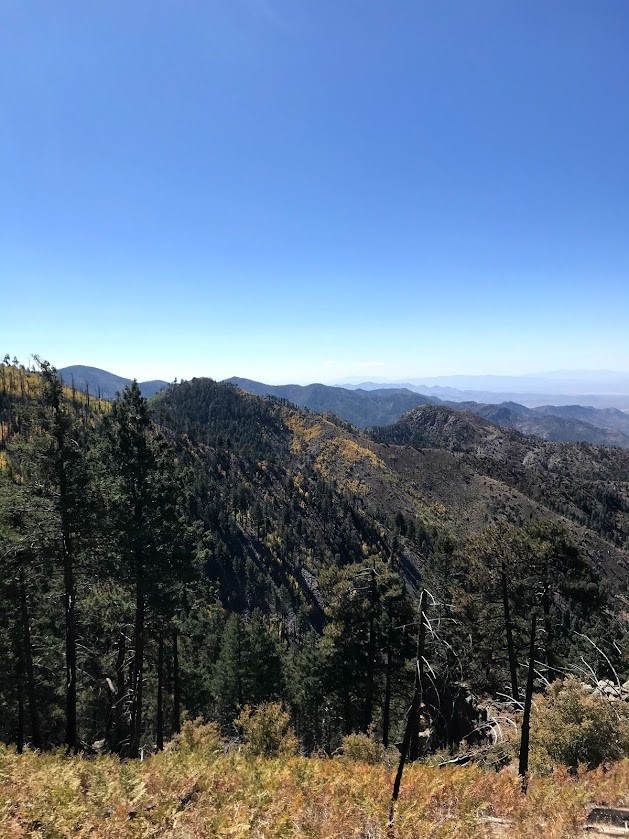
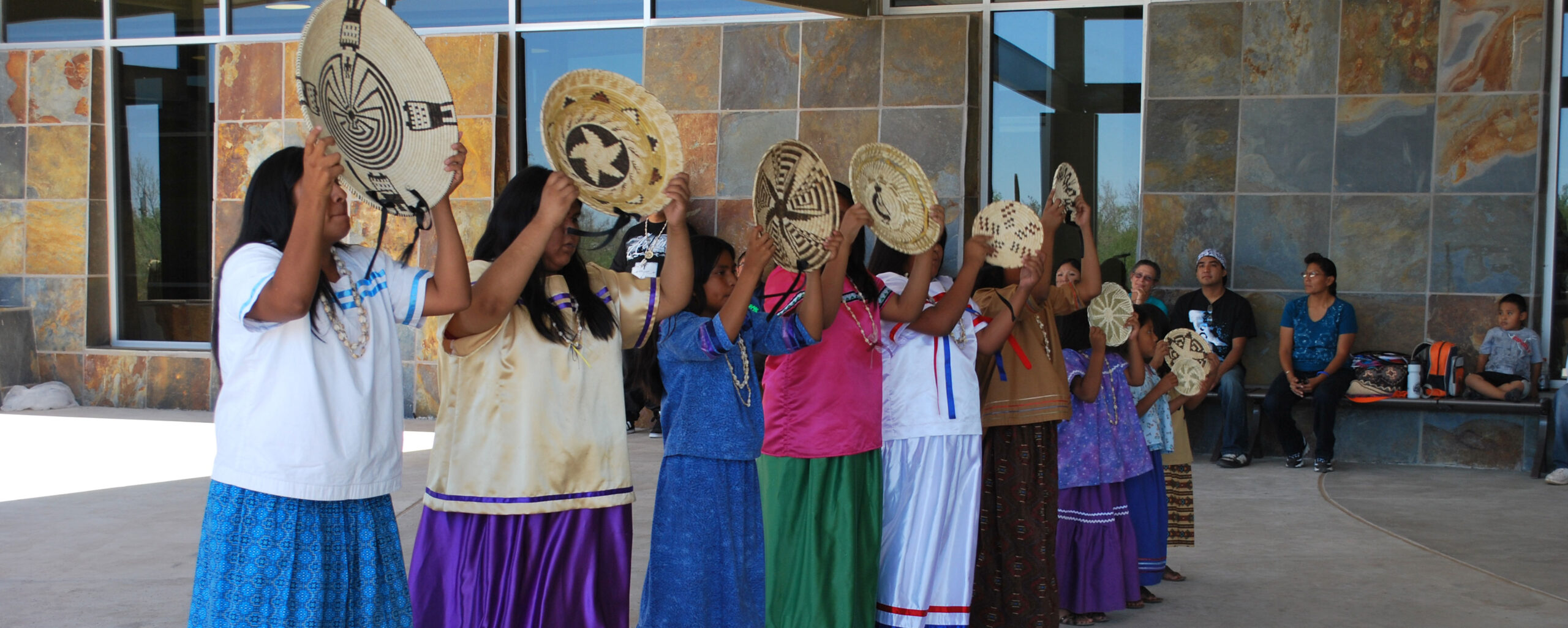
Tohono O’odham Nation: Cultural Center & Museum
Tohono O’odham Nation Cultural Center & Museum’s mission is to instill pride by creating a permanent tribal institution to protect and preserve O’odham “jewed c himdag”. Working with elders, the Cultural Center & Museum will promote understanding and respect of O’odham “himdag” through educational programs and public outreach.
Sandhill Crane Migration
Cranes from both the Rocky Mountain and mid-Continent populations winter in the Sulphur Springs and Gila River valleys of southeastern Arizona.
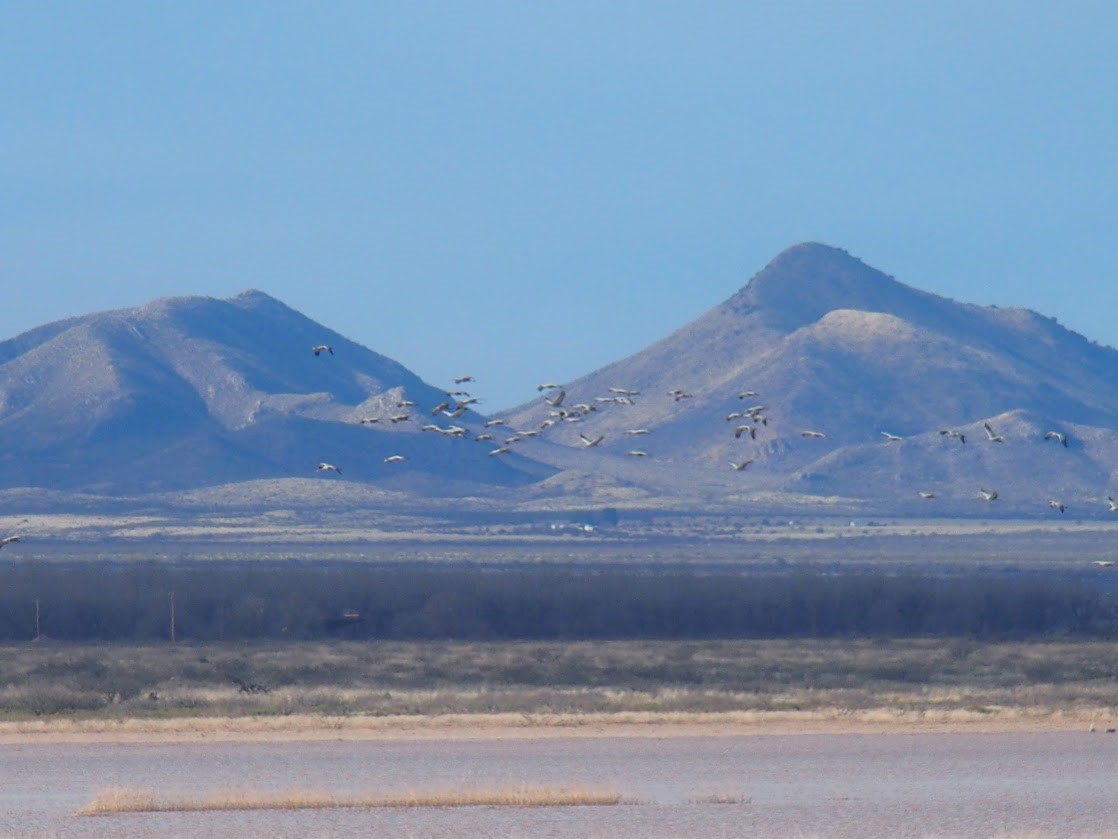
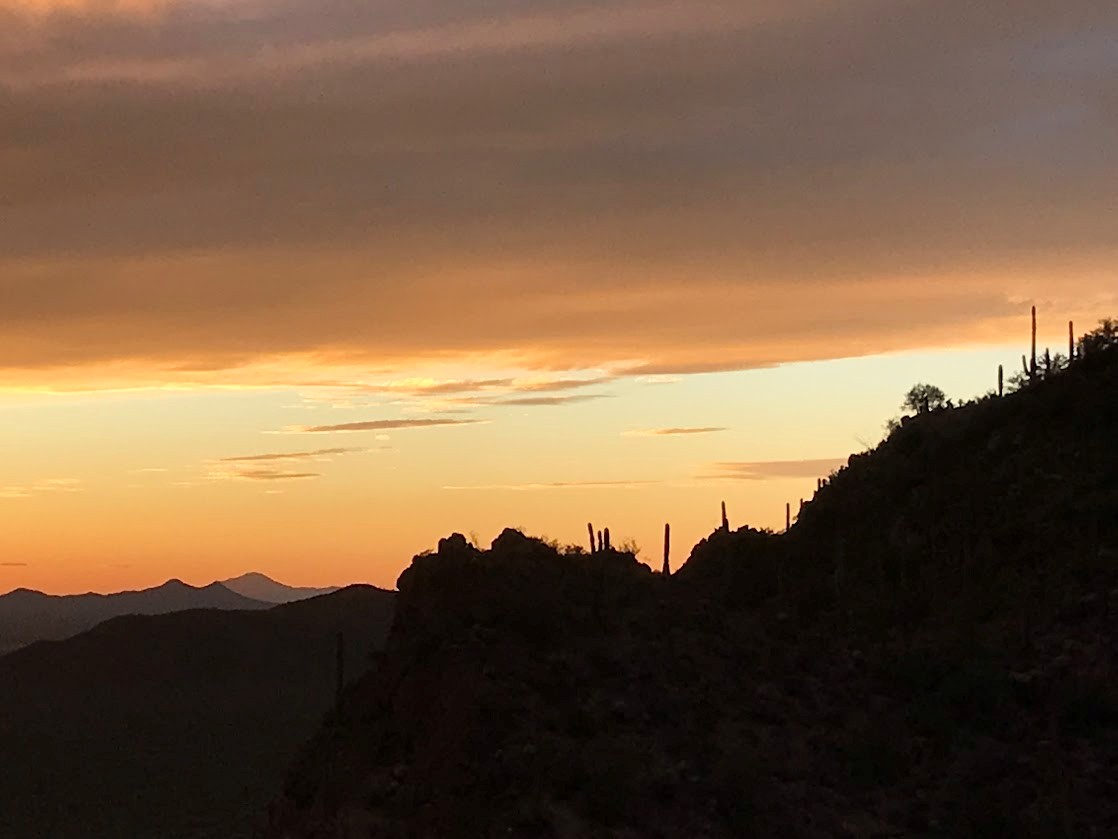
Night Hike in Cave Creek Canyon
Experience the natural environment in via starlight on a night-time hike in the Cave Creek Canyon, the largest and most biologically diverse canyon in the Chiricahua Mountains.
Copper Queen Mine in Bisbee
Bisbee’s Queen Mine was one of the richest copper mines in history. The mine opened in 1877 and eventually closed when Phelps Dodge discontinued mining operations in Bisbee in the mid-1970’s. The Queen Mine opened once again as a tour for visitors in 1976, nearly 100 years after the mine originally opened.

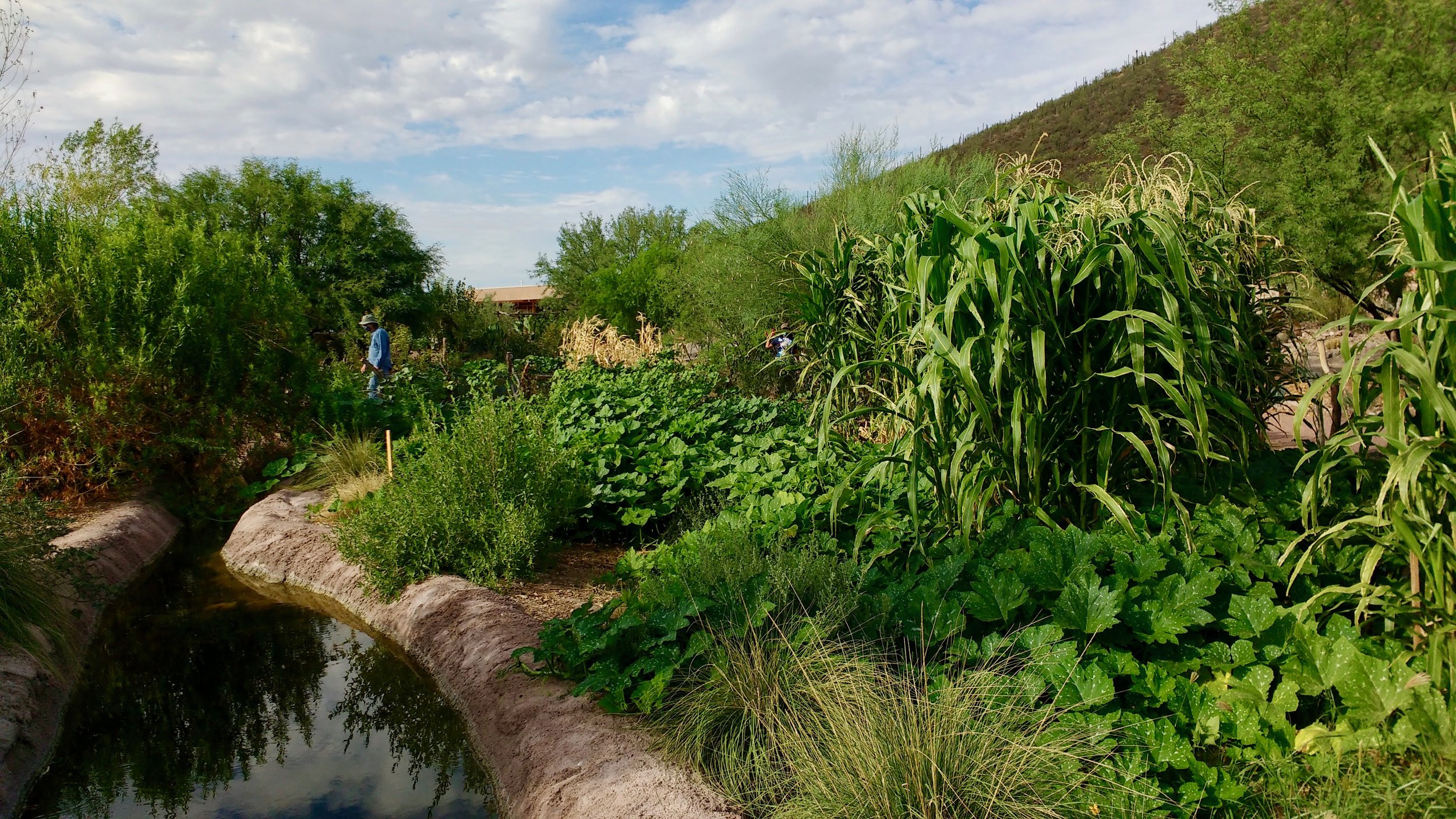
Mission Garden
Mission Garden is located on the site the O’odham people call S-cuk Ṣon. It is Tucson’s birthplace, where archaeologists have documented 4,100 years of continuous cultivation. Today, the Garden contains several distinct agricultural plots representing the diverse ethnic groups that have farmed in the Tucson Basin over time.
Chiricahua Desert Museum
The museum has over 50 species on exhibit, including some of the most rare and endangered animals native to the area, along with many beautiful snakes and lizards from adjacent Mexico. The wildlife and botanical garden provides many opportunities to view and photograph native birds, lizards and turtles in natural settings.
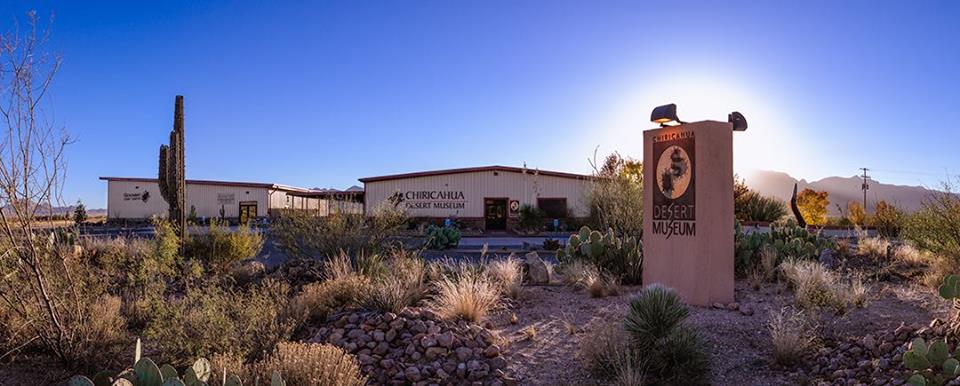
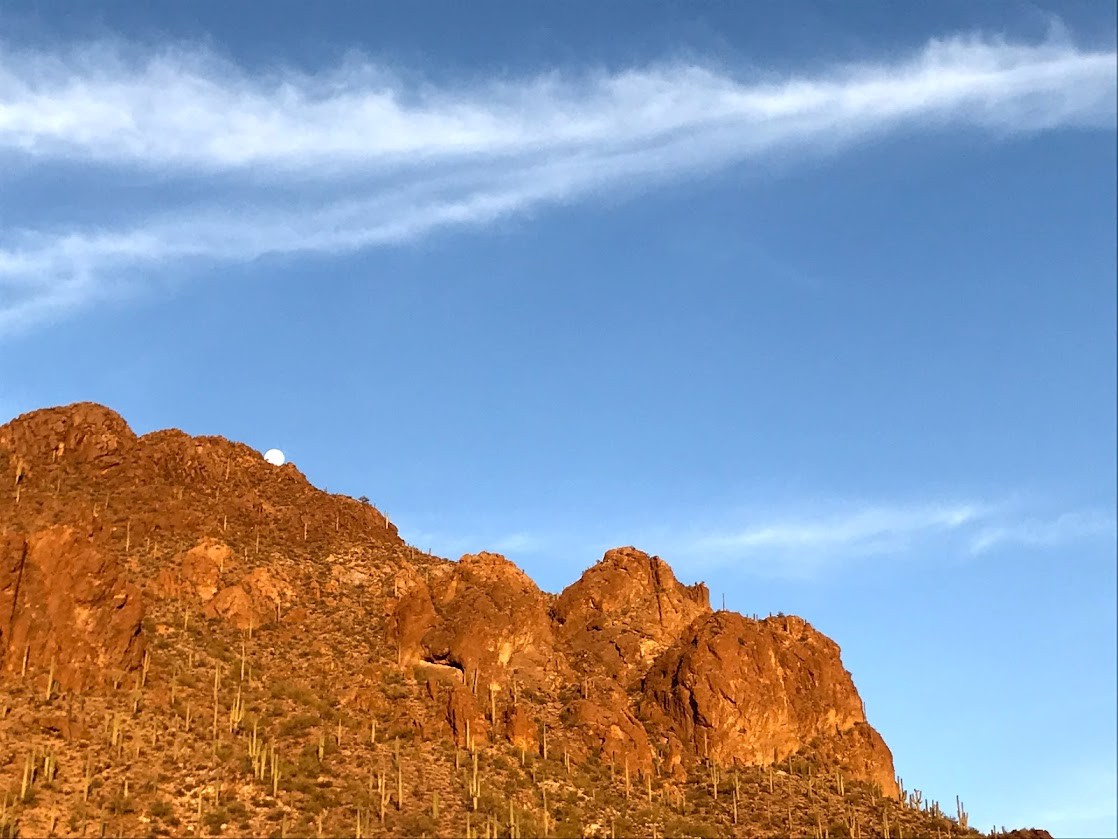
Hike at Gates Pass
Gates Pass Overlook and Trailhead area is located in the Tucson Mountain Park, just east of Saguaro National Park West.
Cost Breakdown:
| UVM Tuition UVM Winter and Spring Break courses are part of your spring tuition bill. Undergraduates pay same full-time tuition if within 12-19 credit hours total. Graduate students pay by credit hour. | Enrolled in 12-19 credits: $0 VT Resident enrolled in more than 19 credits: $692 per credit hour above 19 Out-of-State Resident enrolled in more than 19 credits: $1,860 per credit hour above 19 |
| Program Fee Includes accommodations, group ground transportation, activities, entrance fees, and some meals. The amount billed to you by SFS on your Spring bill reflects the program fee minus $450 (non-refundable deposit) which you will pay upon acceptance. | $3,887 |
| Total Billable Amounts (paid to UVM): | Tuition + $3,887 |
| Estimated Out of Pocket Expenses Meals that are not included in the program fee, hiking & activity supplies, ground transportation not included in the program fee. | $205 |
| Airfare Estimated from BTV to Tucson. If you will be departing from a different airport, your costs may be lower. Estimated with 1 carry-on bag. | $600 |
| Total Estimated Out of Pocket Cost: | $805 |
Physical Requirements & Health Considerations:
Participants should be comfortable hiking up to 4-5 miles at high elevation (over 9,000 feet) over uneven and sometimes steep terrain.
Some sites we will visit are at high elevation (over 9,000 feet), which can present risks of altitude sickness (typically shortness of breath, headache, nausea, dizziness). The environment is very dry, even at higher elevations, so dehydration can be a risk. It is important to carry and drink plenty of water. While we will be travelling in the winter, UV intensity is higher at elevation and in open desert habitats, so sunscreen and hats are advised. Cacti are present in many of the habitats we will explore, and their spines can be hazardous. Venomous animals (rattlesnakes, scorpions, and spiders) and black bears are present in these environments, but typically not active during the winter. Other predatory animals, including mountain lions and coyotes, are also present but typically avoid human activity. There is a chance of snow at higher elevations, so participants should be prepared with layered clothing. We will be about 80 miles from the nearest hospital for much of the trip.
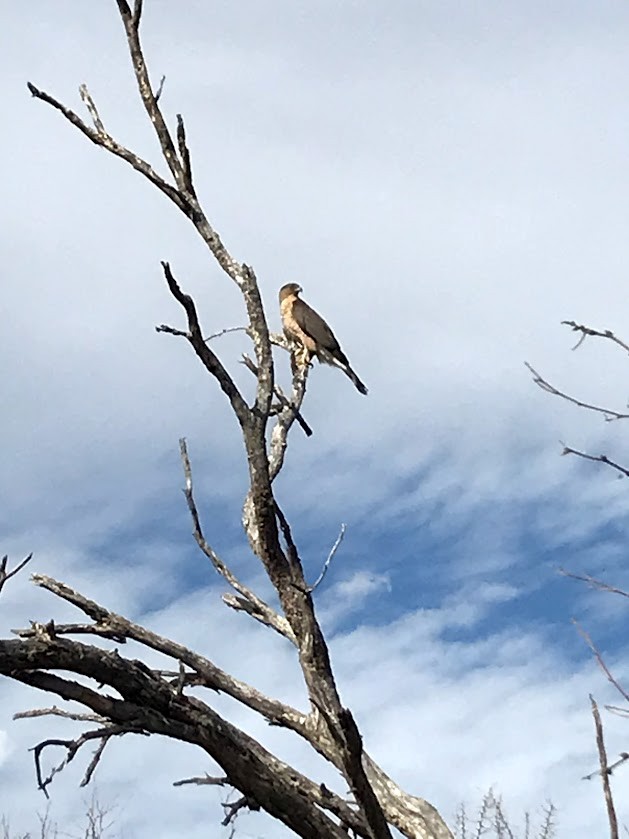

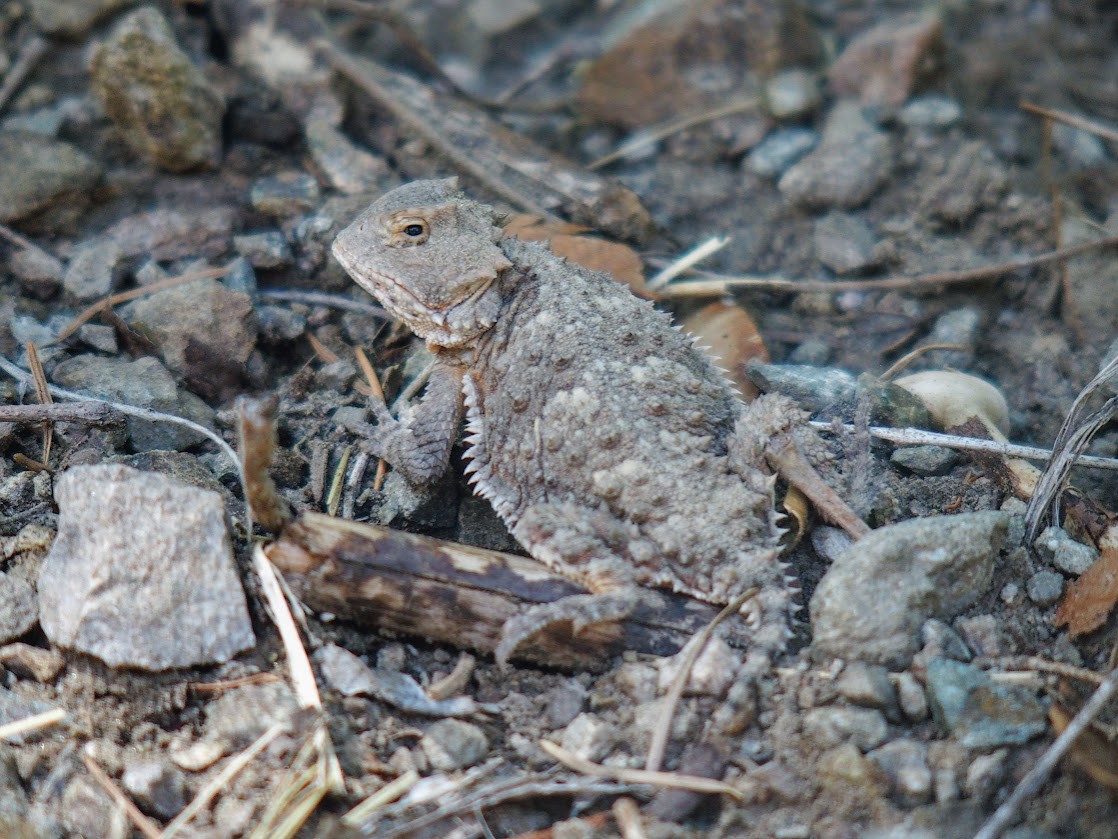
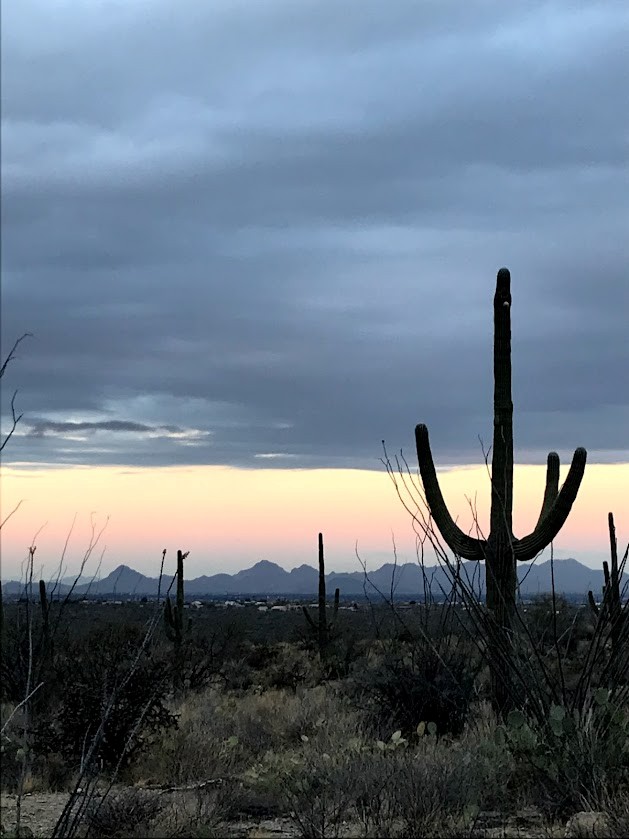
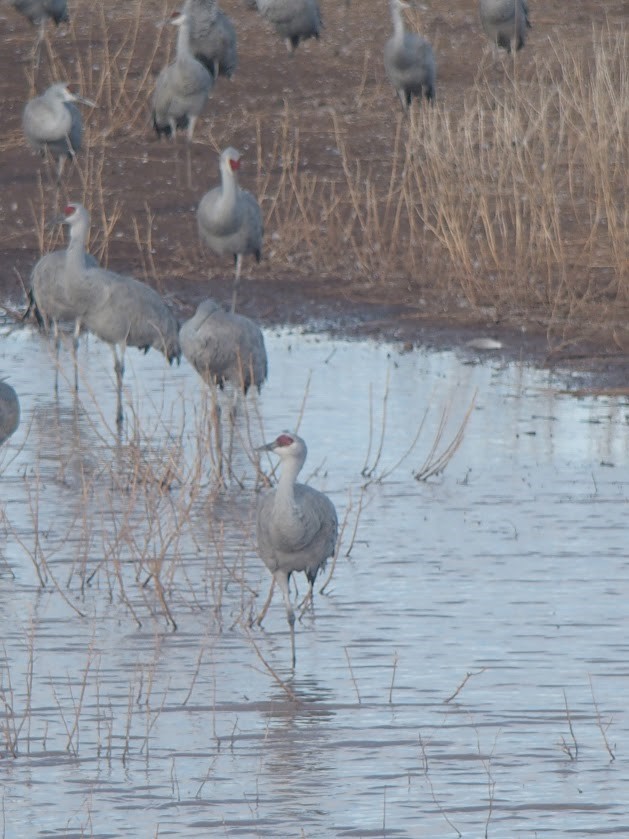
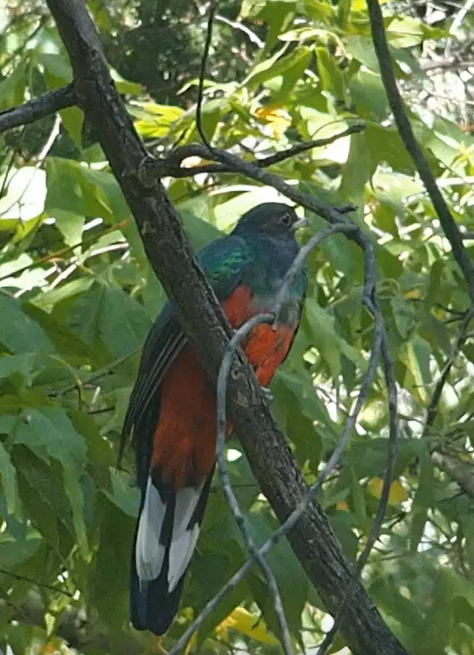
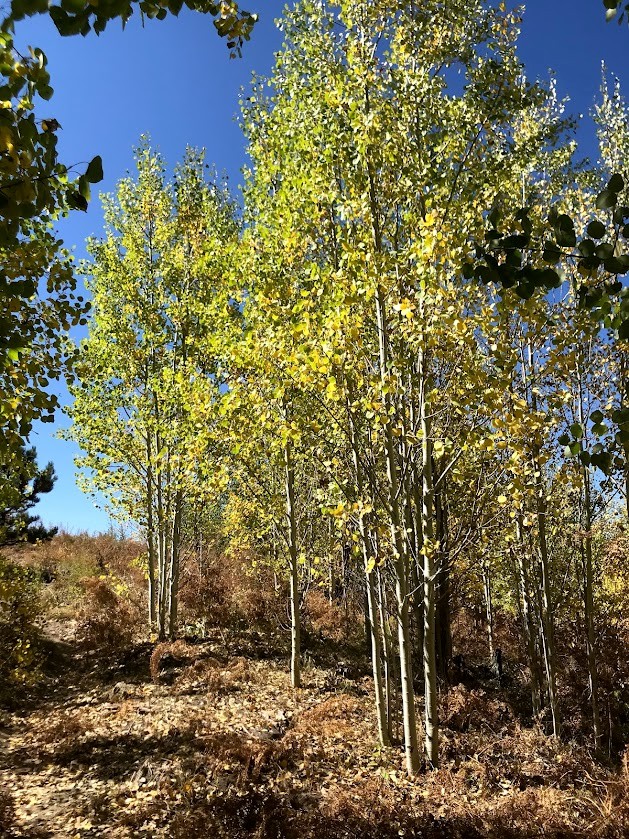
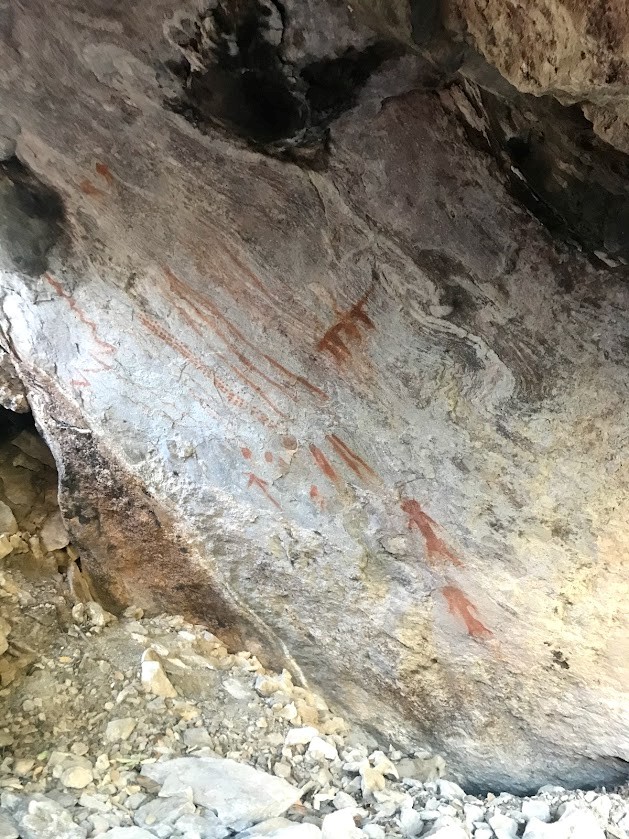
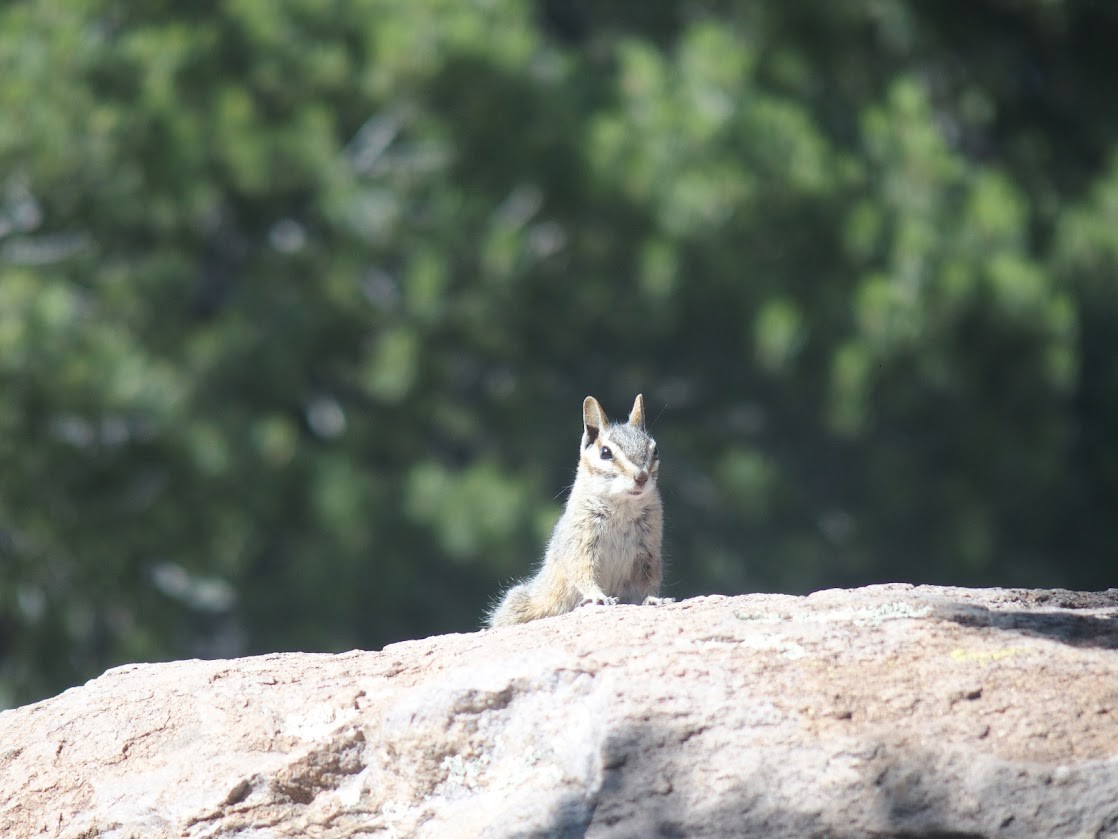
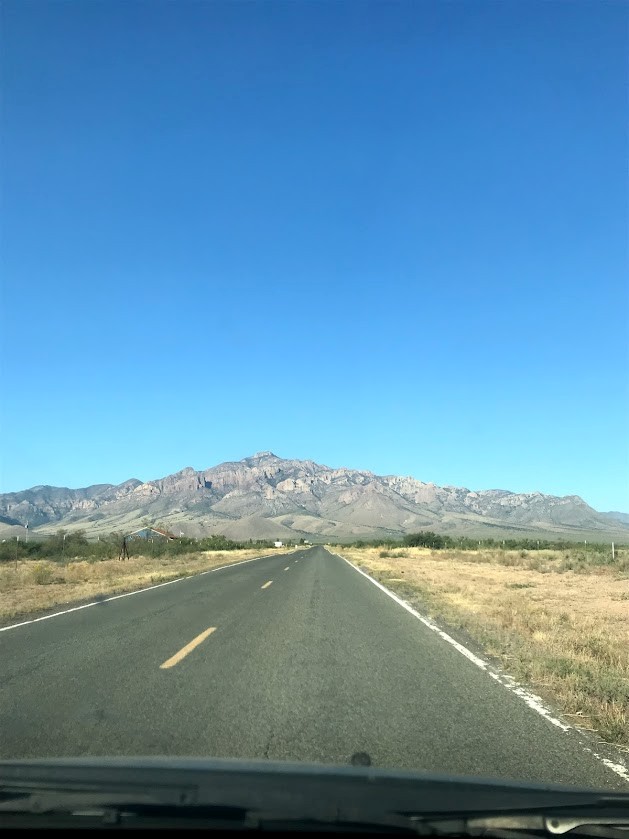
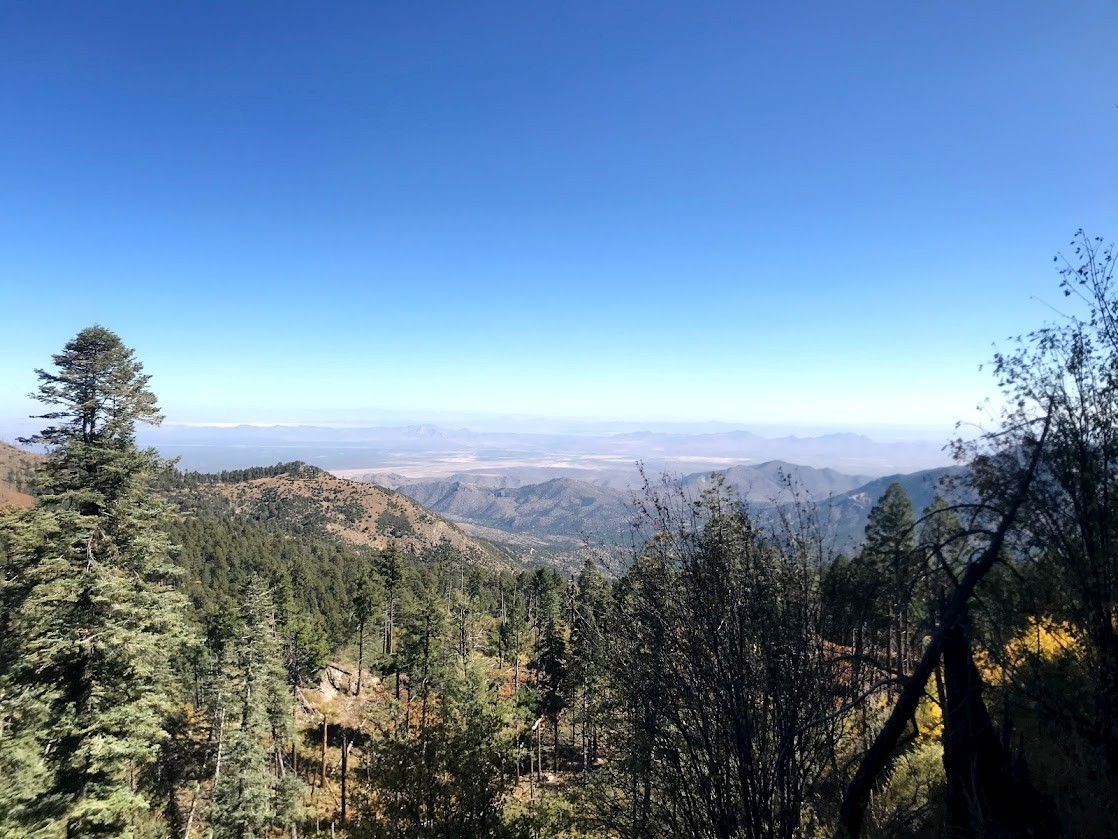
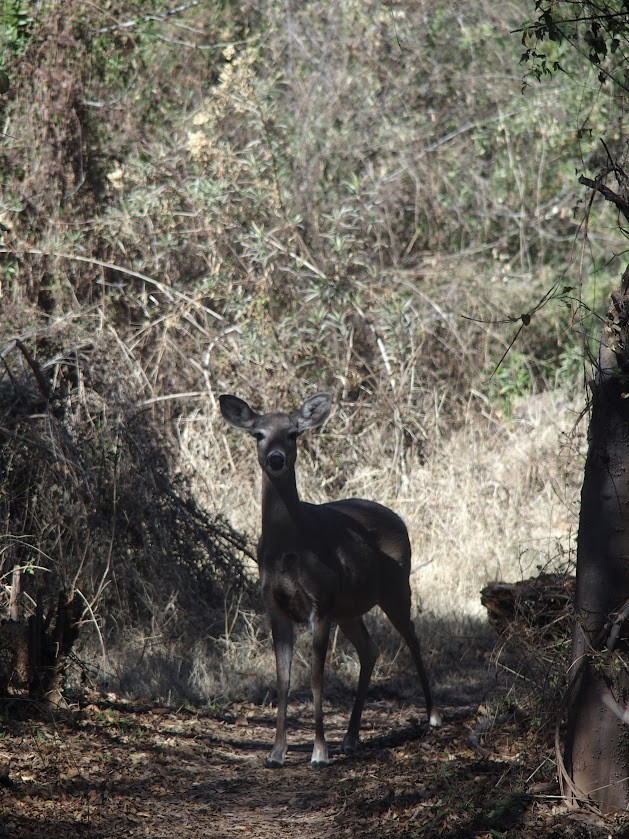
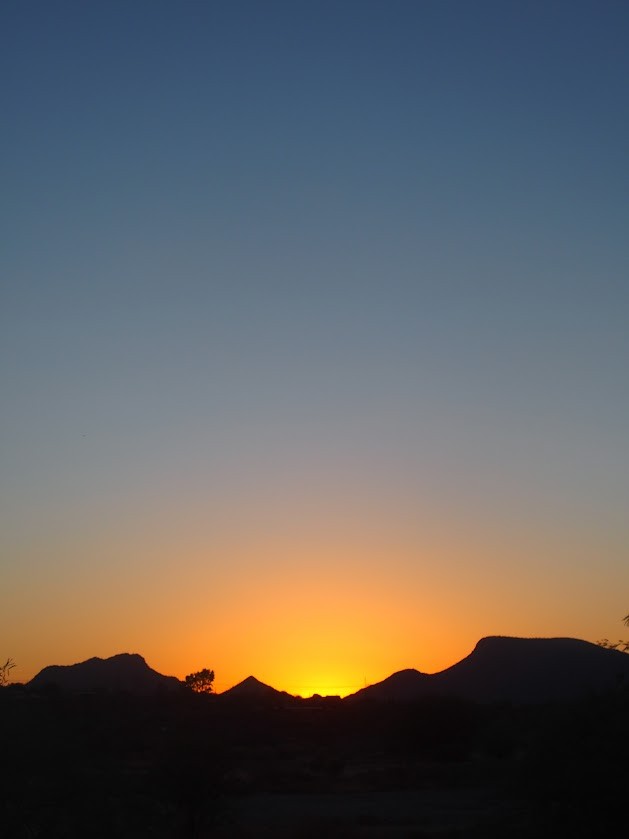
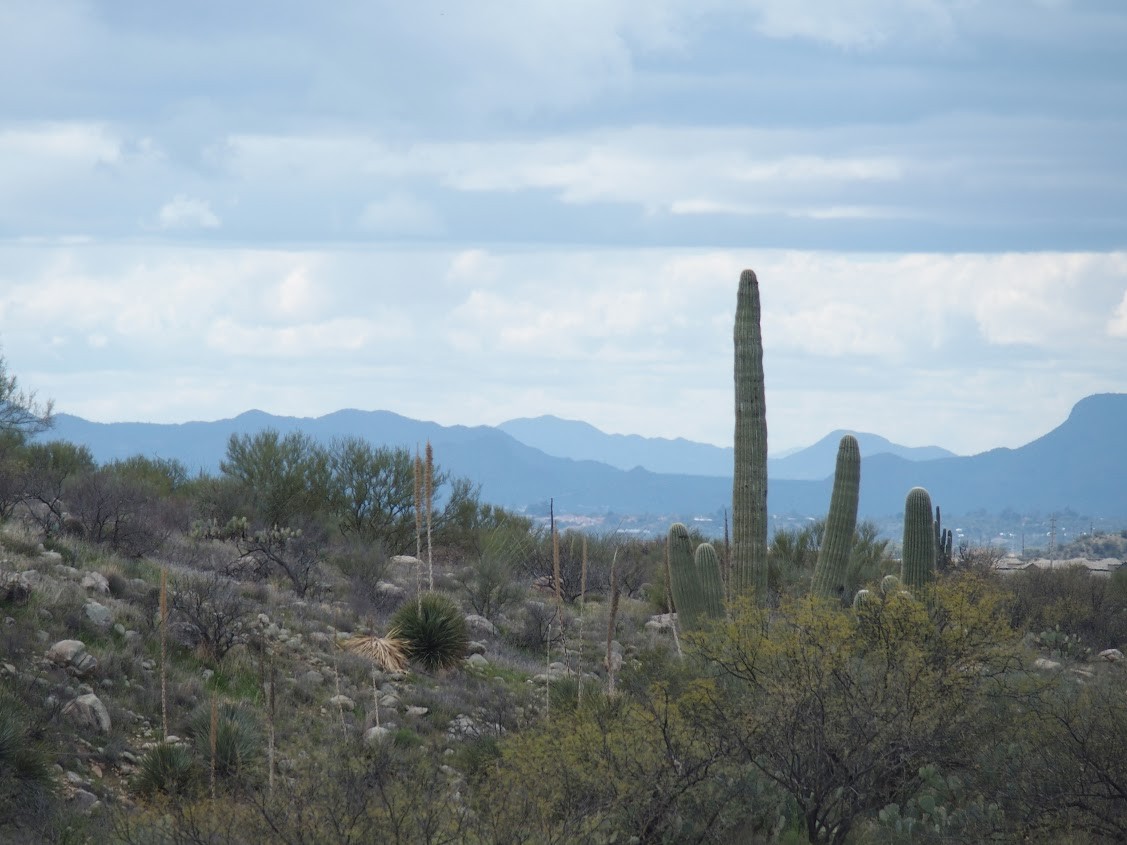
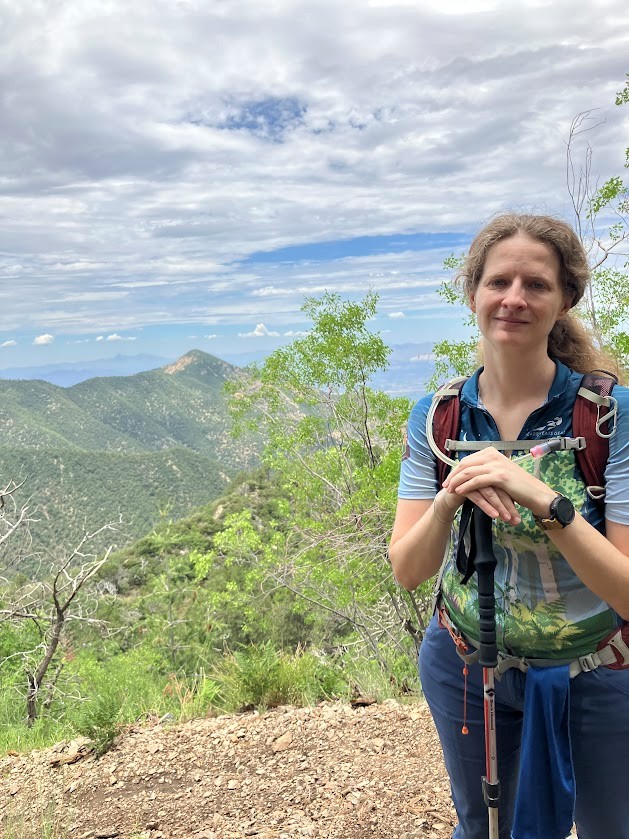
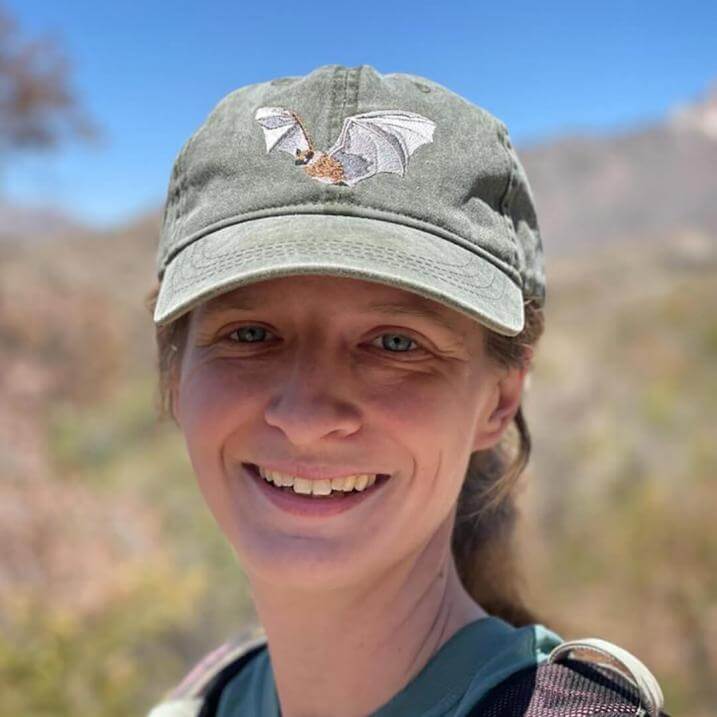
Elise Lauterbur
Assistant Professor, Department of Biology
Dr. Lauterbur lived in Tucson, AZ for five years during their postdoctoral work, where they fell in love with the Sky Islands. They spent many days and weeks hiking the desert and mountains and observing the legacy of evolutionary history and ecological interactions there. Their research focuses on using evolutionary genomics to understand past ecological interactions, with a special interest in the incredible biodiversity of bats. Dr. Lauterbur’s teaching uses experiential learning and critical thinking to support our understanding of the natural world.
At UVM, they teach courses including Mammalogy, a biological statistics course currently in development, and graduate seminars in evolutionary ecology and machine learning in biology.
Still have questions?
Email cas.discovery@uvm.edu — our team would be happy to assist.

